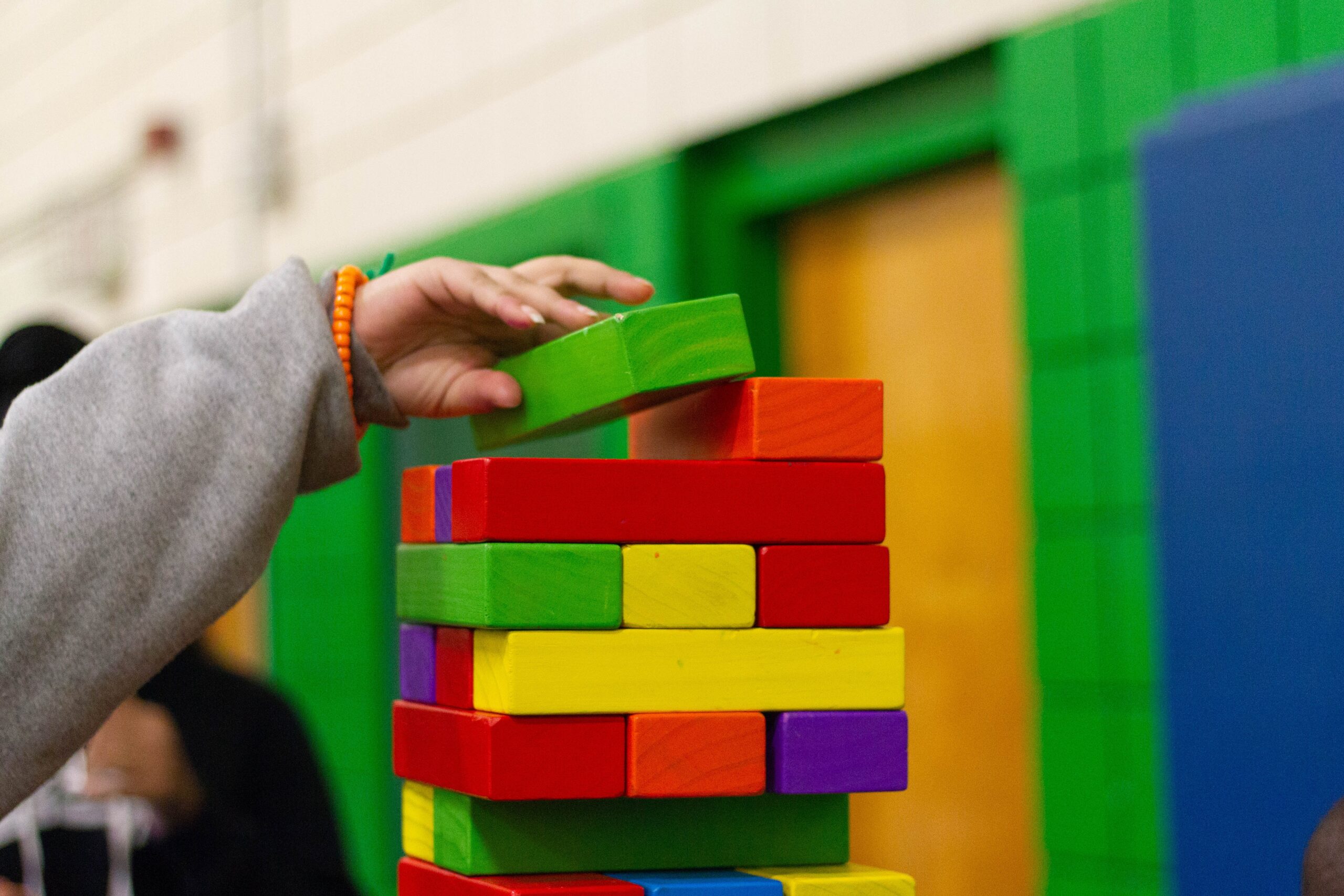Writing Learning Stories: A Powerful Tool for Reflecting on Childhood Learning
Learning Stories are a unique approach to assessing and reflecting on children’s learning experiences. They provide a powerful way to capture the richness and complexity of learning that occurs during childhood. By sharing a narrative of a child’s learning journey, Learning Stories engage listeners in an adventure that enlivens our own humanity and offers an opportunity to reflect on what we can do to support young children.

Photo by Sandy Millar on Unsplash
The origins of Learning Stories can be traced back to New Zealand, where the Te Whaariki curriculum framework includes a narrative assessment approach. However, the approach has since been adopted and adapted by educators worldwide. At its core, a Learning Story is a narrative that captures a child’s learning journey, beginning with the child’s own initiative, and progressing through stages of engagement, intentionality, representation, benefaction, and reflection.
While there is no one “right way” to tell a Learning Story, there are certain elements that should be attended to. First and foremost, the story should focus on the positive aspects of the child’s learning, highlighting the child’s strengths and achievements. Additionally, the story should follow a sequence that reflects the stages of learning and should be grounded in the cultural and societal ideals that shape the child’s learning environment.
Perhaps the most powerful aspect of Learning Stories is their ability to capture the deep view of childhood learning. Rather than focusing solely on acquiring knowledge and skills, Learning Stories attend to the holistic growth and development of the child. They highlight the unique qualities and strengths of each child and help us to see the child in the context of their family, community, and culture.

Photo by La-Rel Easter on Unsplash
Writing a Learning Story requires a deep understanding of the child, as well as a keen sense of observation and reflection. Educators who engage in this process find that it offers a rich opportunity for professional growth and development, as well as a way to build stronger relationships with families and communities.
Learning Stories are a powerful tool for reflecting on childhood learning. By capturing the richness and complexity of the learning journey, Learning Stories offer a unique opportunity to engage with children, families, and communities meaningfully. If you are an educator or caregiver, consider incorporating Learning Stories into your practice – you may find that they offer a transformative way to connect with the children in your care.
Getting started is always a challenge and therefore I recommend checking out these Indicator Checklists from Tom Drummond! As an early educator, it can be tough to keep track of each child’s progress, but these checklists help you identify emerging abilities in every child. From social and cognitive to motor and expressive abilities, these lists are like a bird watcher’s notebook, keeping a record of the skills observed. The checklists can also help you create new opportunities for children to display their abilities and ensure that no child is overlooked. Don’t worry if a child hasn’t mastered a skill yet; these lists are not for comparing children, but for your personal record. Try these checklists out and see how they can help you become the educator you want to be!
https://tomdrummond.com/looking…/indicator-checklists/









